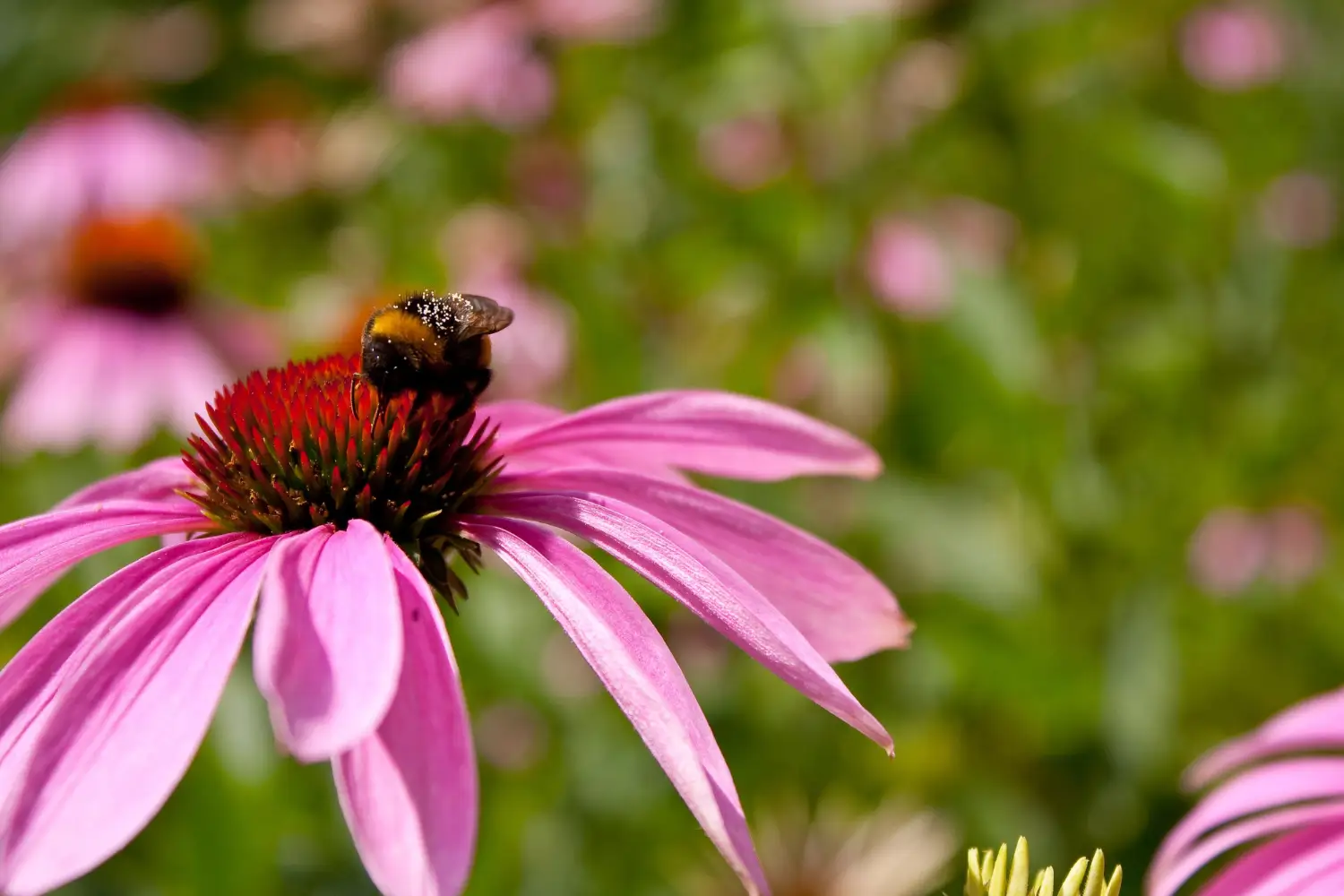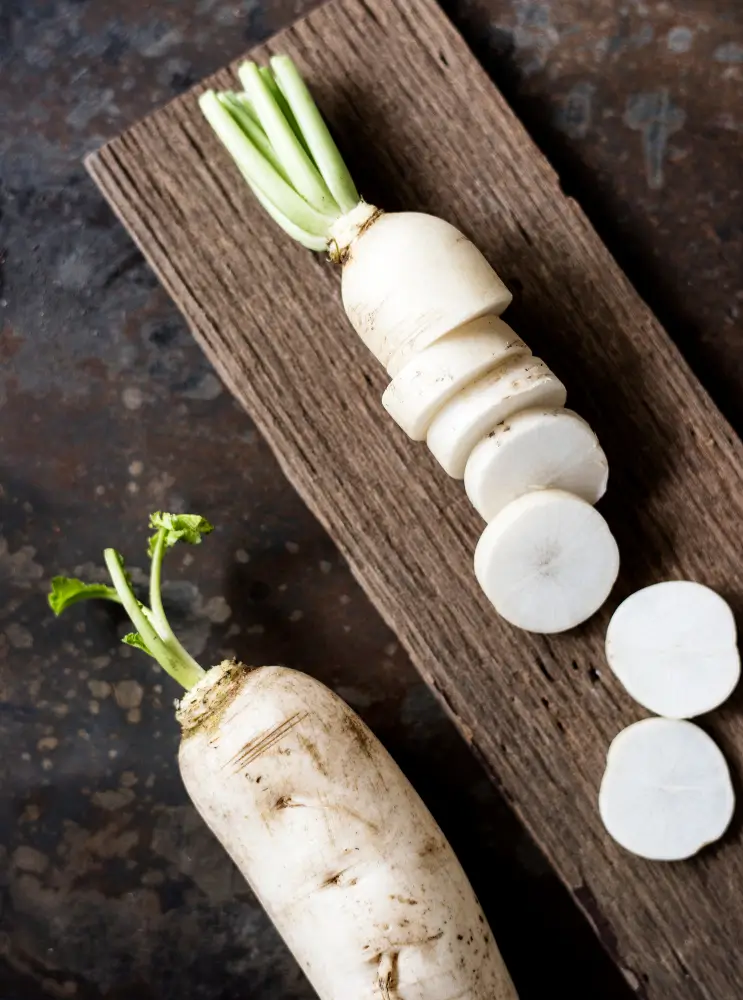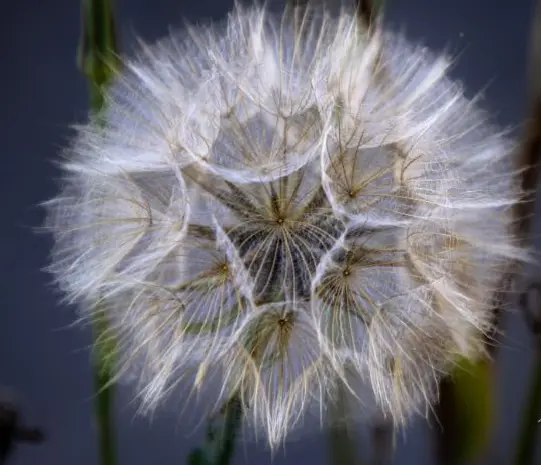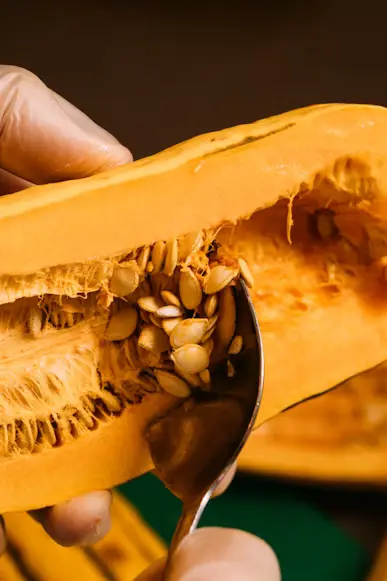
Soil Health & Fertilization
We unite suppliers and green industry professionals worldwide
With Echinacea in your garden, you get a beautiful plant that is easy to grow and has more than one purpose.
By Victor Miller
|Published on September 19, 2025


Echinacea is a vibrant and hardy flowering plant known for its bright, colorful blooms and distinctive charm. Known as purple coneflower, it has daisy-like flowers that can be deep purple or a lighter pink color radiating from large, rounded cones. Echinacea, also known as the purple coneflower, is a popular perennial that is loved for its beauty and praised by herbalists for its immune-strengthening effects.
A versatile plant for vistaprint in the garden or out and about (a favorite of both sculptors and nature enthusiasts). Pollinated by bees, butterflies, and other beneficial insects, a very nectar-rich native flower that attracts pollinators, contributing to a healthy, biodiverse natural area.
Echinacea is distinguished by its tall central floral cone and long-drooping petals. Its stem is different, it is longer, and allows the flower to remain upright for a long time unlike others which are bowed down after plucking. It has a long summertime bloom. Its different shape can attract more pollinators.
In fact, Echinacea is a native to the central United States and also known as the Kansas Sunflower. Native American tribes used the plant not just as medicine but also in their home and ceremonial decoration. Today, it is the single most widely used herbal remedy in the world and is affectionately known as the "immune herb" for its ability to treat colds and infections like magic.
| Family | Asteraceae (daisy family) |
| Scientific name | Echinacea purpurea |
| Common name | Echinacea |
| Height | 2–4 feet (60–120 cm) |
| Color | Purple or pink petals with a spiky cone center |
| Growing Conditions | Grows best in full sun but can tolerate some light shade |

September 25, 2025
9 minute read
September 24, 2025
9 minute read
September 23, 2025
10 minute read
September 22, 2025
9 minute read


Join as a seller and connect with thousands of B2B buyers nationwide!
Sign Up

Daikon Radish
Daikon radish is a large white root vegetable used in a lot of Asian dishes. It has a subtle flavor; it is somewhat sweet and slightly peppery. This is one of the veggies that tastes sweet and crispy, juicy, and refreshing raw or cooked.

Dandelion Mammoth
The Dandelion Mammoth is the larger and stronger version of the common dandelion. It is liked by gardeners, herbalists, and farmers. The plant is loved by people because of its size and useful qualities. It is a perennial herb that would do well in most c

Dandelion
The dandelion, this cheerful yellow-flowered common wild plant, adorns hundreds of landscapes. It grows in lawns, fields, meadows, and even cracks of sidewalks; for it is extremely adaptable towards where it can grow.

Delicata Squash
Delicata squash is a favorite winter squash variety widely beloved for its delicate, rich flavor and thin-skinned properties. This squash will give a rich,creamy-like texture and its bright skin with stripes makes it very desirable for many culinary uses.
Echinacea grows best in full sun but can tolerate some light shade. It prefers well-drained soil and can survive in poor soil conditions. The plant is drought tolerant once established. It grows well in zones with moderate climates. Regular watering helps young plants establish.
Echinacea is naturally pest resistant. It can sometimes get powdery mildew or aphids but these rarely cause serious damage. Its sturdy nature helps it fight off many common garden pests. Good air circulation helps prevent disease.
Echinacea seeds are small, dark, and slightly rough. They come from dried flower heads at the end of the season. Seeds are easy to collect and save for planting next year.
Echinacea seeds need cold treatment to sprout well. They usually require a 30-60 day cold period before planting. Germination happens best in soil temperatures around 70°F (21°C). Seeds can take 10–20 days to sprout.
Seeds remain viable for up to 3 years when stored properly. Keep seeds in a cool, dry place in an airtight container. Fresh seeds have better sprouting rates and stronger seedlings.
Fresh seeds produce healthy plant
Echinacea can be started indoors or sown directly outside in spring. Start indoors 6–8 weeks before the last frost for earlier blooms. Sow seeds shallowly and keep soil moist. Thin seedlings after they sprout to avoid crowding.
Plant Echinacea in well-prepared soil with good drainage. Space plants 12–18 inches apart for healthy growth. Water young plants regularly until established. Mulch to keep soil moist and reduce weeds.
Echinacea is hardy and rarely troubled by pests. Good garden hygiene reduces disease risks. If mildew appears, improve airflow and avoid wetting leaves. Remove any damaged plant parts promptly.
Echinacea is a slow grower, but it blooms the first or second year, producing flowers from mid to late summer. When harvesting, gather blooms in full open stage for high quality. Roots can be harvested from the plant beginning the second year.
Flowers harvested at this stage can be used immediately or dried for future use. Air dry flowers and roots in a cool, dry location away from the sun. Keep the dried ones in air containers. Correct storage allows the herbs to remain effective for months.
With Echinacea in your garden, you get a beautiful plant that is easy to grow and has more than one purpose. It is good for your health and attracts pollinating bugs. This one is not a fast grower from seed, but worth the time to grow it on your own. It is a sun loving plant and poor soils are required for it. Proper care leads to beautiful blooms and a steady harvest.
Typically the first or second year after planting.
Yes, it can, but it thrives best in full sunlight.
Cut the stalk of dried flower heads & extract tiny seeds inside.

Soil Health & Fertilization
Victor Miller

Pest Identification & Prevention
Victor Miller

Lawn Care Tips & Maintenance
Victor Miller

Soil Health & Fertilization
Victor Miller

Smart Irrigation Systems
Victor Miller

Patios, Walkways & Driveways
Victor Miller

Soil Health & Fertilization
Victor Miller

Pest Identification & Prevention
Victor Miller
My Account
Our team is always here to help.
We are open Monday - Friday, 9:00 AM to 4:30 PM PST.